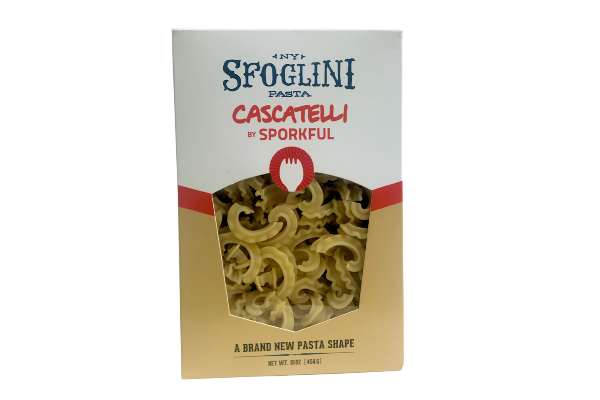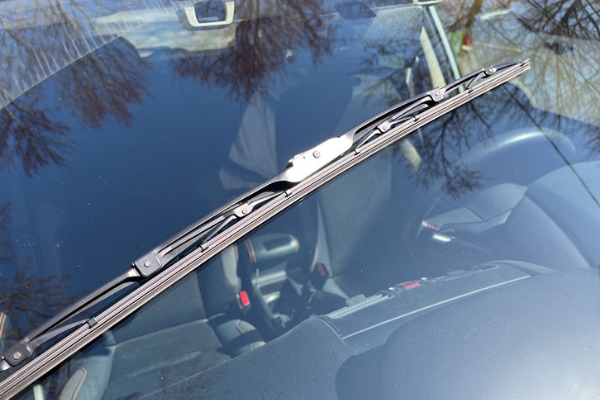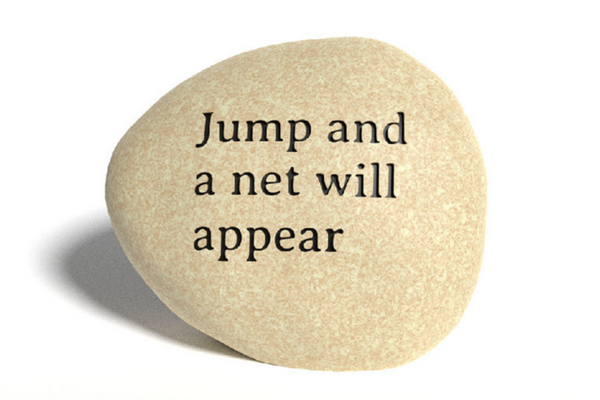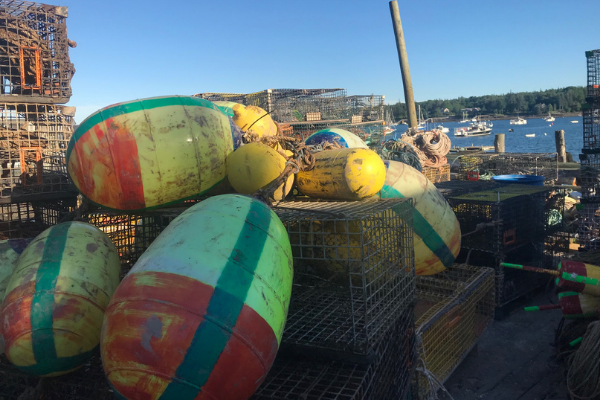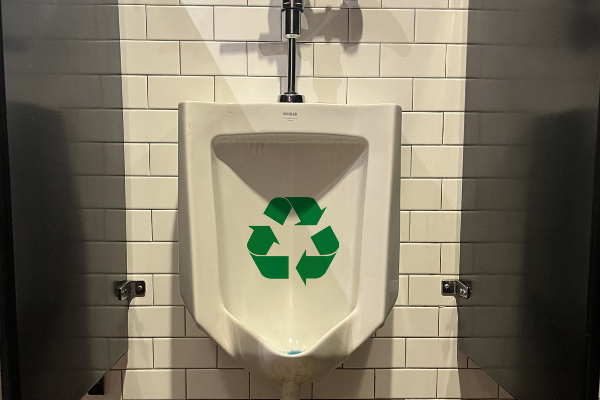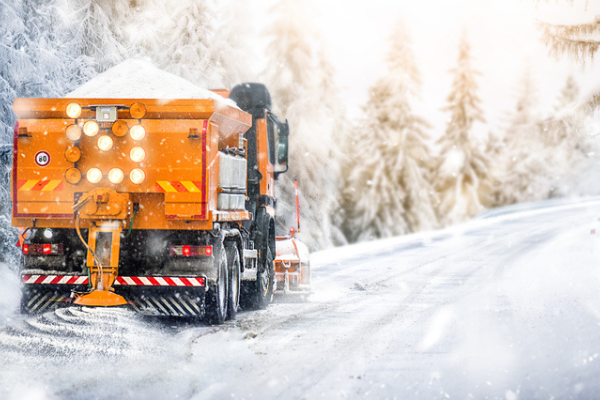
*Updated for Winter 2022-23
The National Weather Service released its U.S. Winter Outlook in October. Fortunately for ACS headquarters, Washington, D.C. is in the band expected to be warmer with only average snowfall. We can hope the blizzard that pounded the ACS mother ship last winter will not happen again. Ten inches of snow debilitated the Washington area in early January, closing a section of I-95 south of the city. Snow-closed roads, both in the mountains and in flatter geographies, are a relatively common occurrence. Closing an interstate highway, even one of the nation’s busiest, is not particularly newsworthy. Trap a U.S. Senator and others for up to 30 hours just outside the nation’s capital, it becomes national news. It caused no end of finger-pointing, with a chemical twist.
Some fault the I-95 response for inadequately preparing the road with deicing salt. No technology, chemical or otherwise, controls the weather. Our response to wintry weather is decidedly chemical. We throw salt when it snows, using a colligative property to melt ice and snow. Faced with snow, our generally anti-chemical society calls for broadcast spreading of chemicals, both mined and synthesized, with little thought about the long-term environmental impacts. Needs of future generations take a back seat when there is snow on the road.
Chemical road deicing is a relatively new technology, dating only back to the 1940s. For most of human history, salt was highly valued, as valuable as gold at times, too valuable to be tossed on the ground. Deicing compounds, for the seventy percent of the U.S. population living in areas that use deicing compounds, are something purchased directly for home use and with tax dollars. Deicing salts spread on roads are almost exclusively ionic chlorides of sodium, calcium, or magnesium. Sodium chloride, rock salt or halite, is the cheapest and the most widely used. It is mostly mined from geologic formations, layers deposited by repeated evaporation of primordial seas.
Thoughts about deicing led me to confront my salt footprint. We all have one. The annual U.S. salt consumption is about 160 kg per person. Road deicing and use as a chemical feedstock account for 80% of salt consumption. Much of the chemical production makes organochlorine compounds, but about 25% of chemical production ultimately releases salt. About 110 kg per person annually is deposited into the environment during deicing and in wastewater. Salt in our urine accounts for only 2-3 kg per year. Just like with individual CO2 emissions, metabolism is a small part of my footprint.
The normally black asphalt roads here in Michigan are white from applied salt, annually applied at about 100 kg per resident. Rock salt’s damage to vegetation, metals, infrastructure, and the environment is largely overlooked. Spring rains will take the salt-laden roads back to black, washing salt into lakes and rivers: out of sight, out of mind. Salinity in the lower Great Lakes has increased 8 to 10 times historic levels and continues to rise over a milligram per liter per year. A recent national study of randomly selected lakes found 44% experienced long-term salinization and estimates nearly 8,000 lakes may be at risk from salinization. Other studies place the numbers even higher. Deicing reduces accidents, estimated over 78% on average and up to 93% on highways like I-95, saving lives and preventing injuries. Consciously or unconsciously, we’ve determined the immediate safety benefits are worth the deferred costs. We’ve also determined those immediate safety benefits are not worth the considerably higher cost of other deicing options. In deicing, the cheap solution wins.
Recent reports are more disheartening than uplifting, concluding salt necessary for public safety with little to be done to stem the environmental damage. New studies show the potential for global harm. Some are now arguing something must be done. Things are being done. Researchers are developing better sensors to control application. Homeowners, unbound by the cost constraints plaguing tax-funded road commissions, can choose more plant-friendly options, less damaging to infrastructure, and more environmentally benign. I personally sparingly use urea, costing about five times as much as rock salt. Acetate salts of calcium and magnesium are available, costing about thirty times more than rock salt. Both avoid chloride runoff but are burdened by larger CO2 footprints.
We can ask our public works to do better. Studies over the last 40 years conclude we can’t afford to move away from salt. We can support initiatives to better apply salt to roads and improve mechanical removal. Application of liquid brines rather than crystalline salt reduces use by at least 40%. Recent studies conclude salt storage is a problem. Infrastructure upgrades can eliminate contaminated runoff from storage facilities. Citizen science is playing a role. Check out your area on Salt Watch. Better yet, order a free test kit and add your data to the effort. Most of all, if you are reaching for deicing salt, choose carefully and apply sparingly.

Mark Jones is a frequent speaker at a variety of industry events on industry related topics. He is a long-time supporter of ACS Industry Member Programs providing both written and webinar content, supporting the CTO Summits, and as a former member of Corporation Associates. He currently serves on the ACS Committee on Public Relations and Communications and the Chemical Heritage Landmark Committee. He is a member and former chair of the Chemical Sciences Roundtable, a standing roundtable of the National Academies of Sciences, Engineering, and Medicine. Mark is the author of over a dozen U.S. patents and numerous publications.
The opinions expressed in this article are the author's own and do not necessarily reflect the view of their employer or the American Chemical Society.



